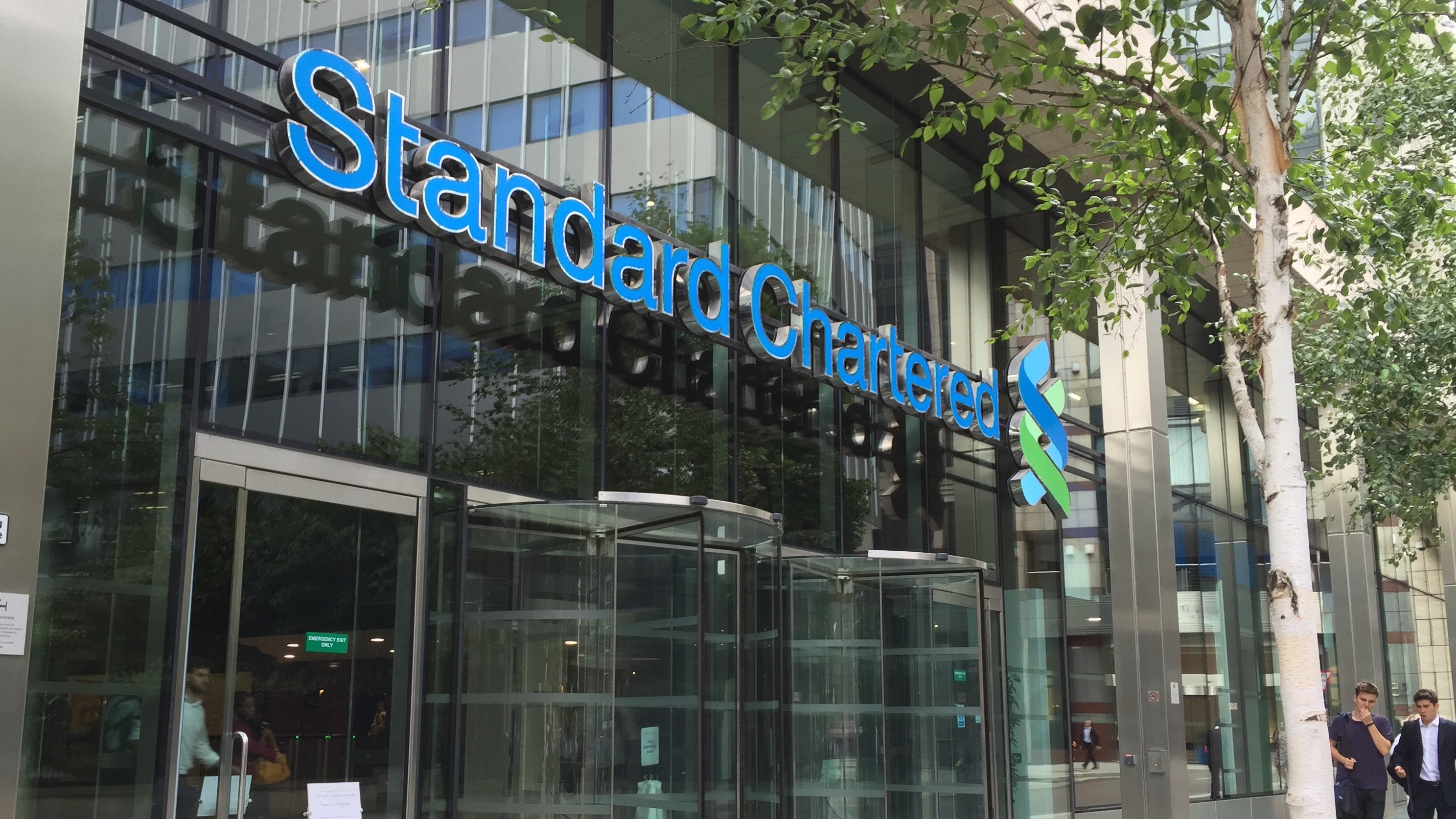The number of UK adults using a digital-first neobank for financial services has grown from 16 per cent in 2018, to 50 per cent at the end of 2024, according to new research.
A study from RFI Global, which surveyed 4,000 consumers, finds that while traditional banks still dominate financial services, more consumers have their main debit card with a neobank and spend 20 per cent more than consumers with a main debit card from a Big Six bank.
The research reveals that consumers holding their main debit card with a neobank rose from 1 per cent at the end of 2020 to 9 per cent at the end of 2024, while the share of market for the Big Six banks decreased from 85 per cent to 71 per cent in the same period.
“Everywhere you look neobanks are becoming a bigger part of the system,” said Hubert Petka, group director at RFI Global. “They are popular among younger generations such as Gen Z and millennials who value their advanced digital capabilities and convenience.
"Yet banks remain resilient as they increase their agility and consumers continue to use their cards, alongside cards from neobanks, to meet their day to day needs. Nonetheless, neobanks are poised to grow in the years to come and could really threaten the dominance of the incumbent players over the next decade."
The study also found that UK consumers are increasingly diversifying their financial activities by embracing a wider variety of providers. The average number of financial providers used per person climbed from 4.3 in 2015 to 5.3 at the end of 2024.
Latest News
-
ABN Amro unveils plans to axe nearly quarter of full-time staff
-
RTGS.global integrates 23 currencies into cross-border network
-
SitusAMC breach prompts Wall Street banks to review data exposure
-
Deutsche Bank faces ECB review over claims of understated risk
-
FCA says transaction reporting reforms to generate £100m in savings every year
-
Revolut hits $75 billion valuation
Creating value together: Strategic partnerships in the age of GCCs
As Global Capability Centres reshape the financial services landscape, one question stands out: how do leading banks balance in-house innovation with strategic partnerships to drive real transformation?
Data trust in the AI era: Building customer confidence through responsible banking
In the second episode of FStech’s three-part video podcast series sponsored by HCLTech, Sudip Lahiri, Executive Vice President & Head of Financial Services for Europe & UKI at HCLTech examines the critical relationship between data trust, transparency, and responsible AI implementation in financial services.
Banking's GenAI evolution: Beyond the hype, building the future
In the first episode of a three-part video podcast series sponsored by HCLTech, Sudip Lahiri, Executive Vice President & Head of Financial Services for Europe & UKI at HCLTech explores how financial institutions can navigate the transformative potential of Generative AI while building lasting foundations for innovation.
Beyond compliance: Building unshakeable operational resilience in financial services
In today's rapidly evolving financial landscape, operational resilience has become a critical focus for institutions worldwide. As regulatory requirements grow more complex and cyber threats, particularly ransomware, become increasingly sophisticated, financial services providers must adapt and strengthen their defences. The intersection of compliance, technology, and security presents both challenges and opportunities.
© 2019 Perspective Publishing Privacy & Cookies




.jpg)









Recent Stories